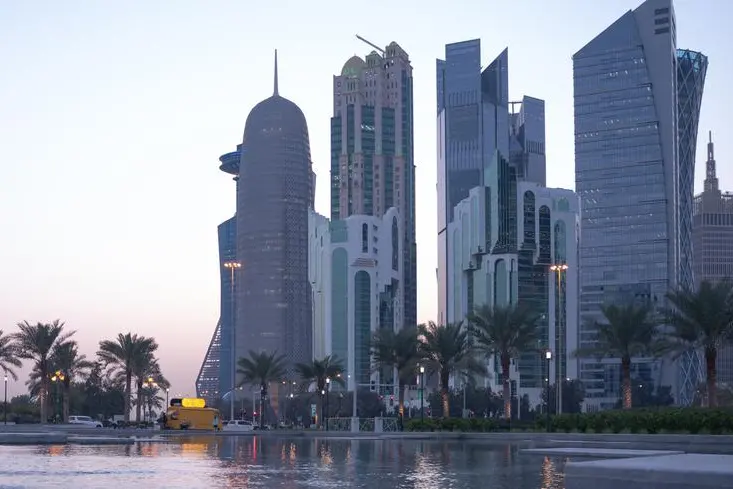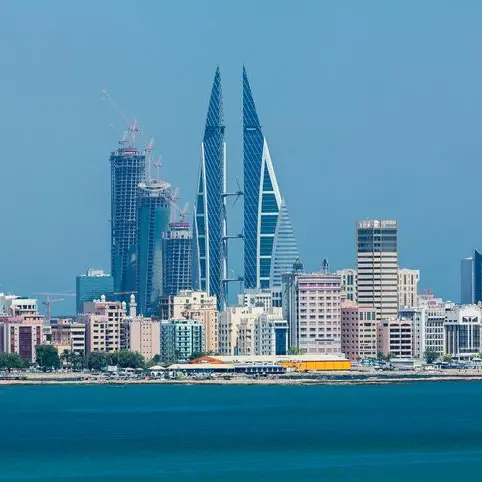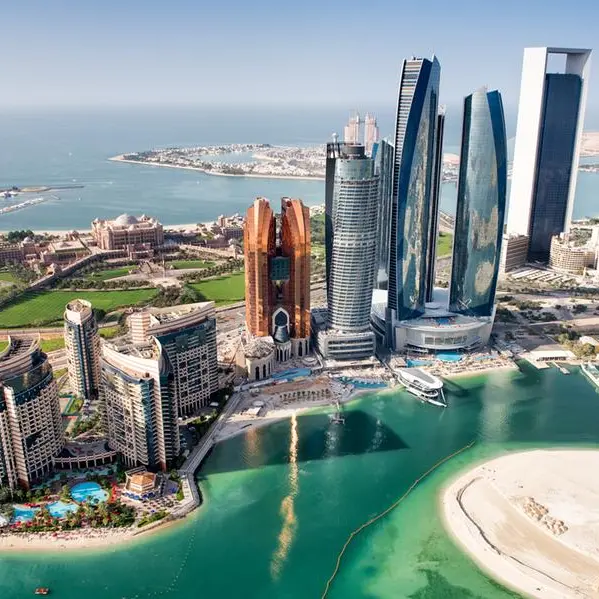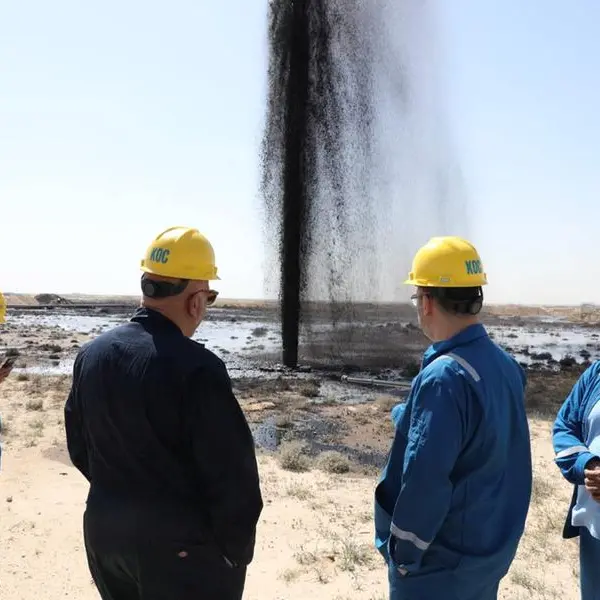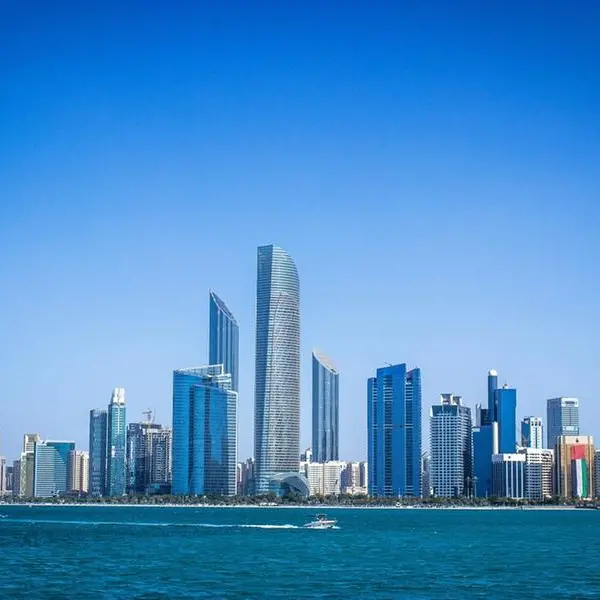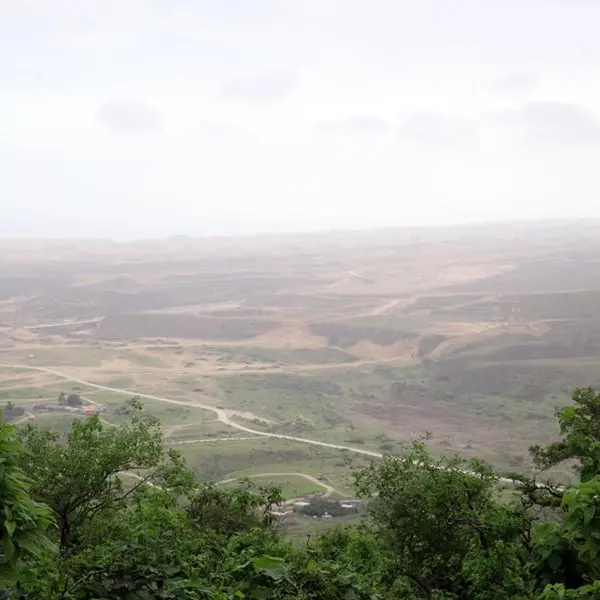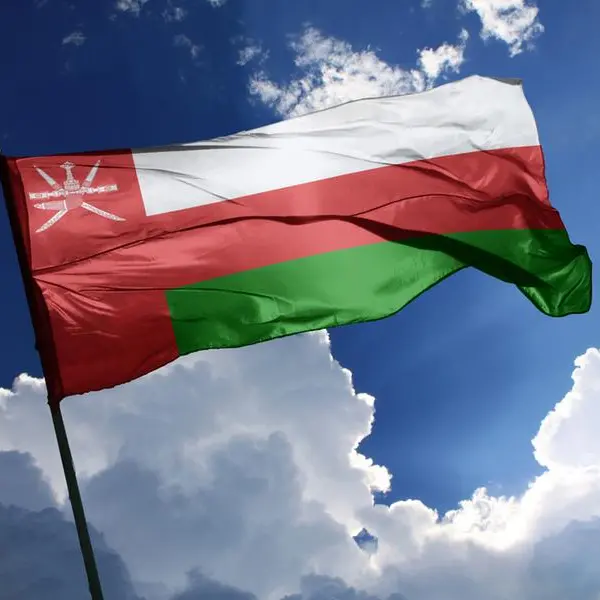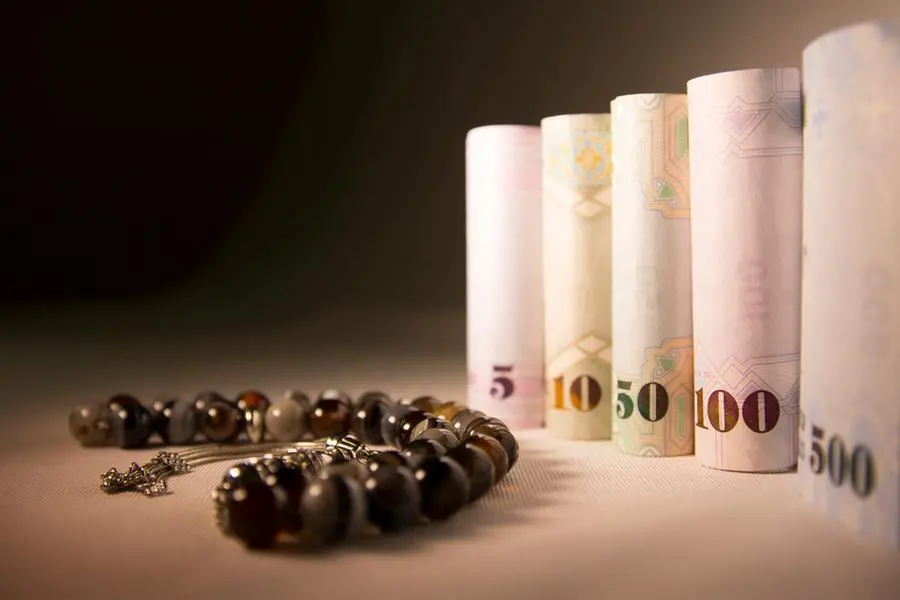PHOTO
12 February 2021- Colorful Skyline of Capital of Qatar. Getty Images Image used for illustrative purpose
Solid fiscal surpluses have been forecast for Qatar in 2024 and 2025 (around 7-8% of GDP) mainly on account of “modest projected increases” in hydrocarbon revenues, according to the National Bank of Kuwait.
In its last country report, NBK said the country’s gross public debt, consequently, is expected to continue to decline to an estimated 45% of GDP in 2025 from above 60% in 2021.
Qatar's nominal GDP has been forecast at $211.7bn this year and $218.8bn in 2025.
Budget balance (as a percentage of Qatar's GDP) has been forecast at 8.1% this year and 6.9% in 2025.
Current account balance (as a percentage of country's GDP) has been forecast at 13% this year and 11.7% in 2025.
Qatar’s non-oil growth is expected to accelerate to 2-3% in 2024 and 2025, having dipped last year in the aftermath of the FIFA World Cup Qatar 2022.
Year-on-year inflation has been forecast at a meagre 2.5% this year and 2.2% in 2025.
A recent "pickup" in credit growth, above-50 PMI readings, and still elevated visitor numbers are supportive of domestic demand which should drive non-oil growth over the forecast period.
The "fading" effects of an exceptionally strong 2022 and – eventually – interest rate cuts albeit from high levels are additional drivers, NBK said in a report published a few weeks ago.
Total GDP growth, however, will be relatively modest amid growth-neutral budgets and negligible gains in hydrocarbon output until 2026, when the first phase of Qatar’s massive LNG capacity expansion is expected to be completed, bringing LNG output to 110 mtpy (43% increase).
Crude output is seen broadly steady at 0.6 mb/d in 2024-25.
“Beyond 2025 we see the potential for larger fiscal surpluses following the ramping up of LNG exports, which can be deployed on development plan-linked capital spending. Indeed, a near doubling of LNG capacity by 2030 to 142mn tpy (mtpy) from the current 77 mtpy is now planned, higher than earlier estimates of a 127 mtpy target, allowing Qatar to control a larger share of the global LNG market.
“Given the above, risks are skewed to the upside, especially in the event of higher gas prices due to a shortage or stronger demand, while downside risks stem mainly from adverse geopolitics or lower gas prices and demand in the event of a global recession,” NBK noted.
Gulf Times Newspaper 2022 Provided by SyndiGate Media Inc. (Syndigate.info).
